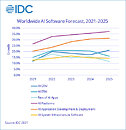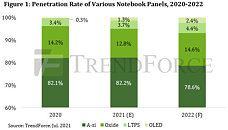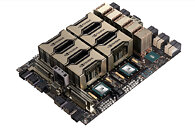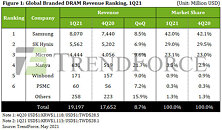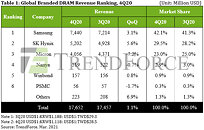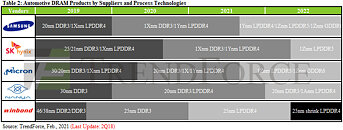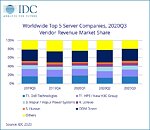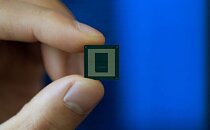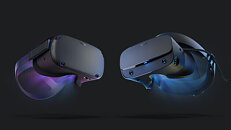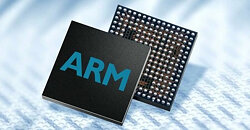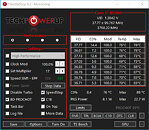
Razer Announces All-New Blade Gaming Laptops at CES 2022
Razer, the leading global lifestyle brand for gamers (Hong Kong Stock Code: 1337), is kicking off 2022 with new Razer Blade gaming laptop models including the Razer Blade 14, Razer Blade 15, and Razer Blade 17. The world's fastest laptops for gamers and creators are equipped with the recently announced NVIDIA GeForce RTX 30 Series Laptop GPUs, up to an RTX 3080 Ti, making the new Blades better than ever, now shipping with Windows 11. All new Razer Blade gaming laptops now also include groundbreaking DDR5 memory, providing blistering clock speeds up to 4800 MHz, an increase in frequency by up to 50% compared to the previous generation.
"The Razer Blade series continues to be the best gaming laptop by providing desktop-class performance on-the-go," says Travis Furst, Senior Director of Razer's Systems business unit. "Additionally, we've enabled creators to work anywhere with gorgeous displays, available NVIDIA Studio drivers, and up to 14-Core CPUs. Users will have the ability to choose any model or configuration that best fits their gaming or creating needs, while getting the latest and greatest in graphics, memory and processing technology."
"The Razer Blade series continues to be the best gaming laptop by providing desktop-class performance on-the-go," says Travis Furst, Senior Director of Razer's Systems business unit. "Additionally, we've enabled creators to work anywhere with gorgeous displays, available NVIDIA Studio drivers, and up to 14-Core CPUs. Users will have the ability to choose any model or configuration that best fits their gaming or creating needs, while getting the latest and greatest in graphics, memory and processing technology."














